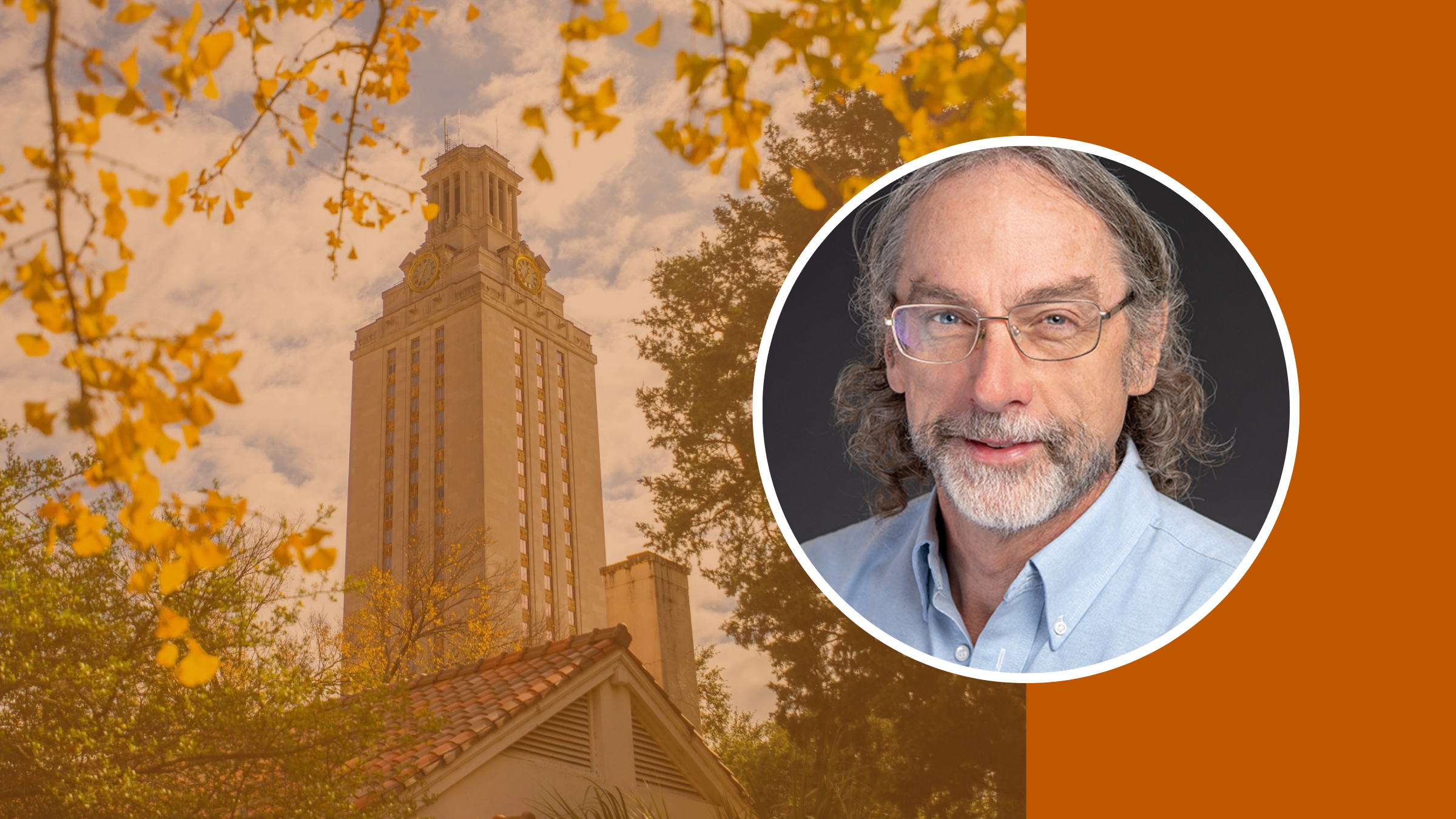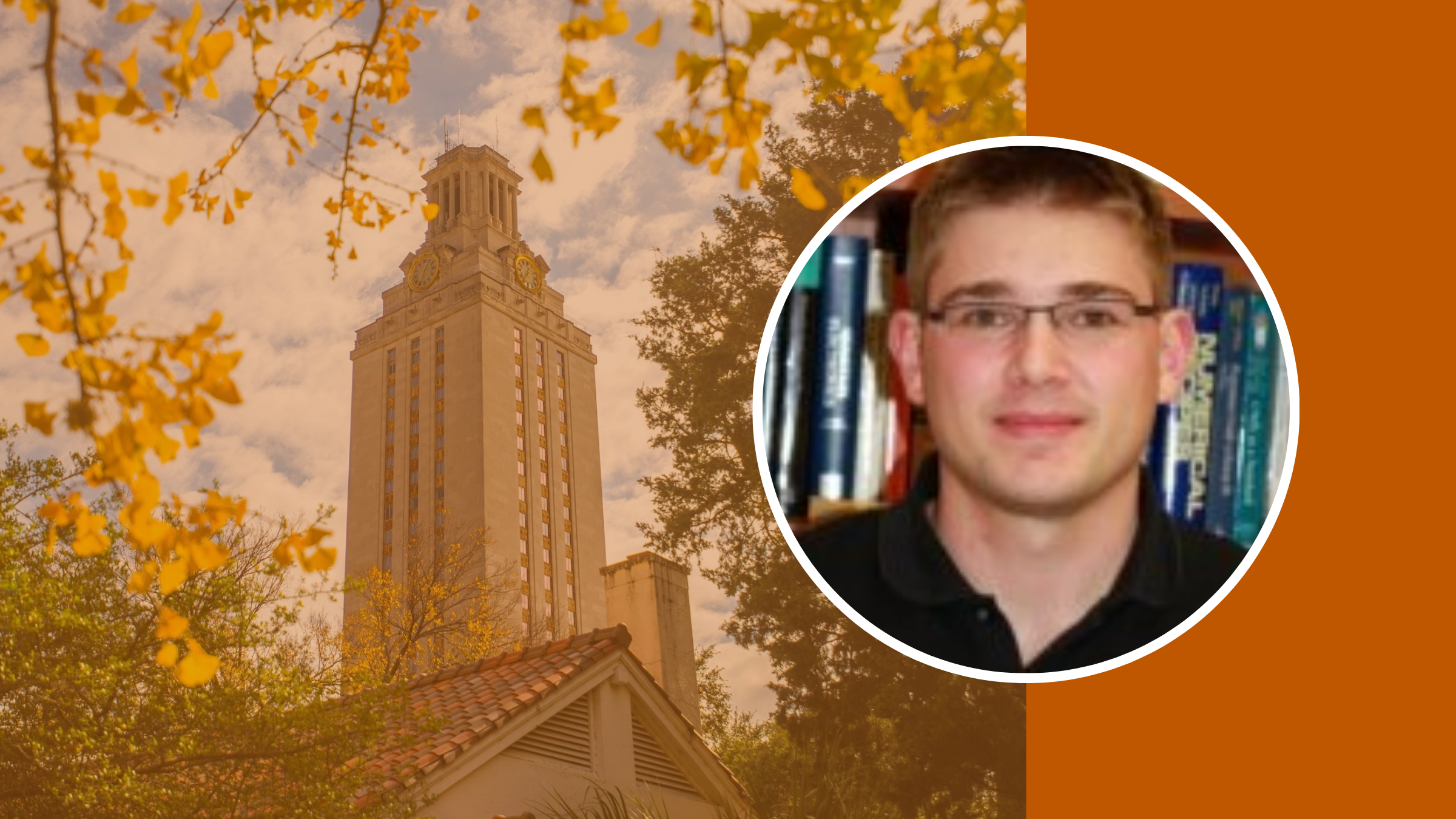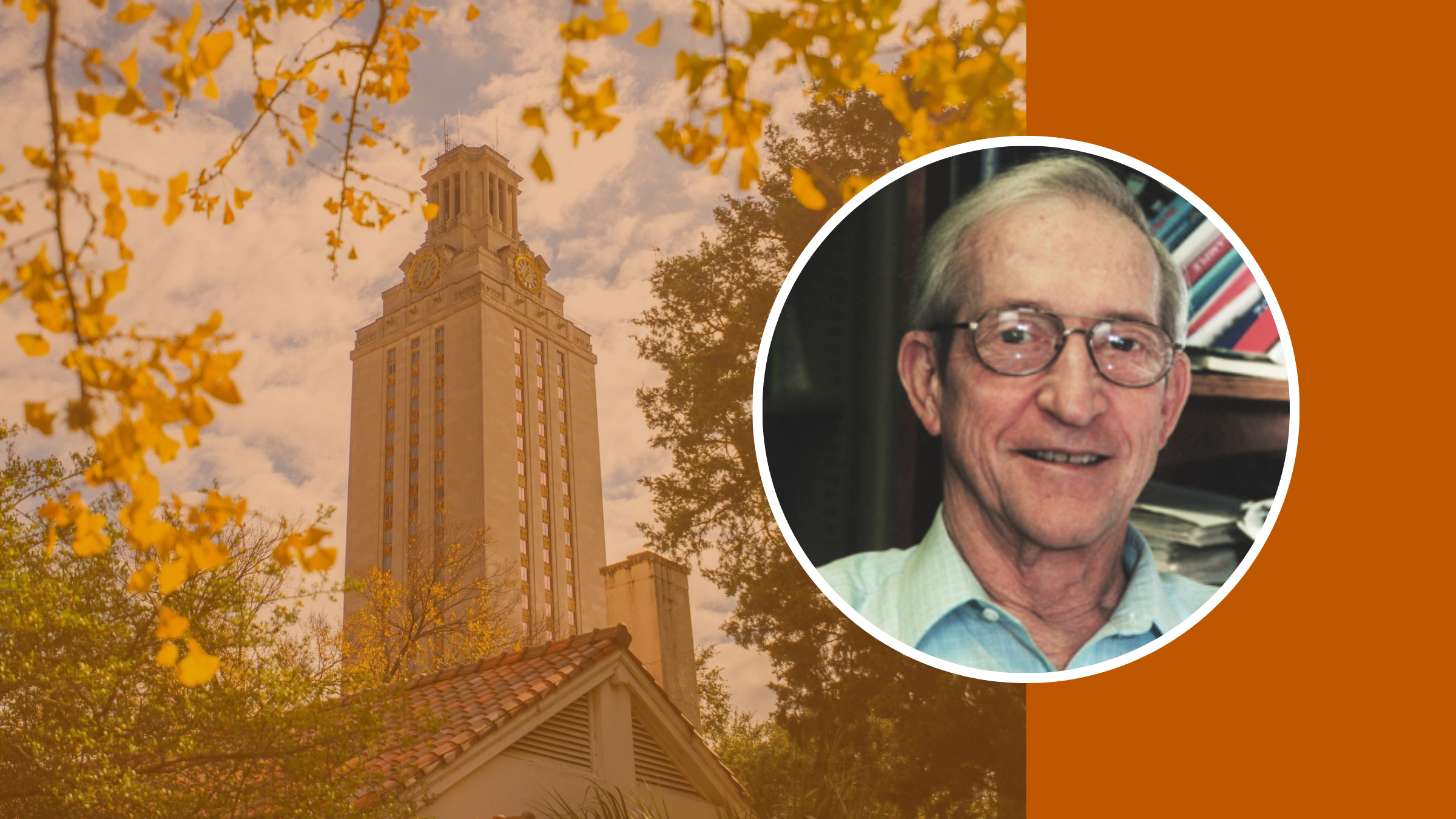Physicist Recognized for Teaching Excellence
John Markert, a professor in the Department of Physics, has been inducted into UT Austin's Academy of Distinguished Teachers for 2015, recognized for his exceptional...

Vernita Gordon, Assistant Professor in Physics, Discovers Bacteria Can Block Their Own Growth
Researchers led by UT Austin's Vernita Gordon have found that *Pseudomonas aeruginosa* bacteria can inhibit both their own growth and that of their antibiotic-resistant mutants...

2015 Summer Blockbusters: Meet Our Science Truth Detector
With summer movie season in full swing, cinema-goers are leaving theaters with one big question in mind: “Wait, could that really happen?”

Researchers Tackle the Dark Side of Moore's Law
To mark the 50th Anniversary of Moore's Law, we'll explore how much computing power has improved and how much farther it can go.

Physics Student wins Young Scientist Award
Patrick Ponath has won the 2015 PCSI Young Scientist Award for his research on integrating ferroelectrics with germanium, published in Nature Communications and covered by...

Peter Onyisi is Having a Smashing Time Hunting Particles
After the excitement of discovering the Higgs boson, what comes next for particle physics?

Visualizing Science 2014: Beautiful Images From College Research
This past spring, we asked faculty, staff and students in the College of Natural Sciences community to send us images that celebrated the extraordinary beauty of science and the scientific process. We were looking for that moment where science and art collide and we succeeded.

Professor Emeritus J. David Gavenda Honored by AAPT
John David Gavenda, Professor Emeritus at UT Austin, has been named a Fellow of the American Association of Physics Teachers (AAPT) for his exceptional contributions...

UT News
Improved Method for Isotope Enrichment Could Secure a Vital Global Commodity
Researchers at The University of Texas at Austin have devised a new method for enriching a group of the world’s most expensive chemical commodities, stable isotopes, which are vital to medical imaging and nuclear power.


